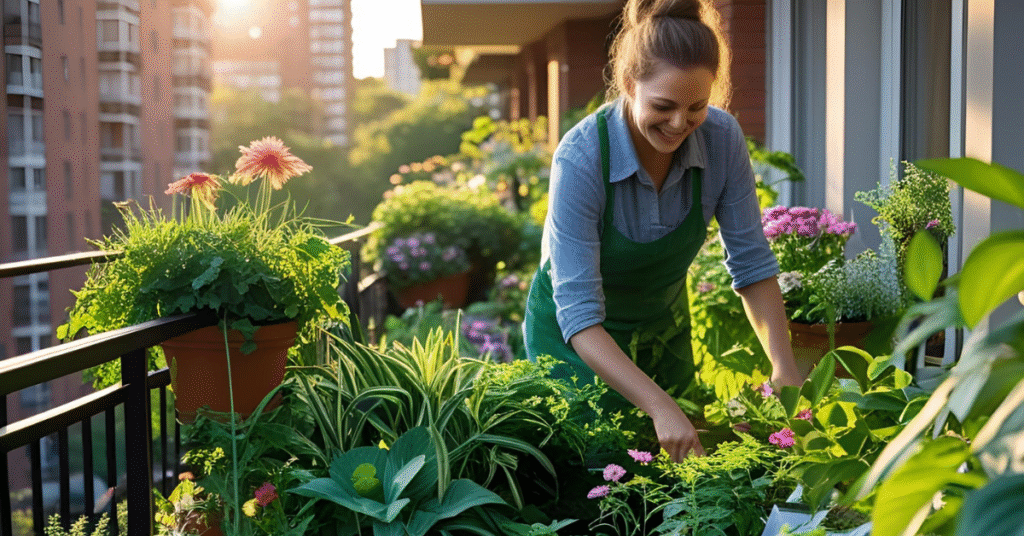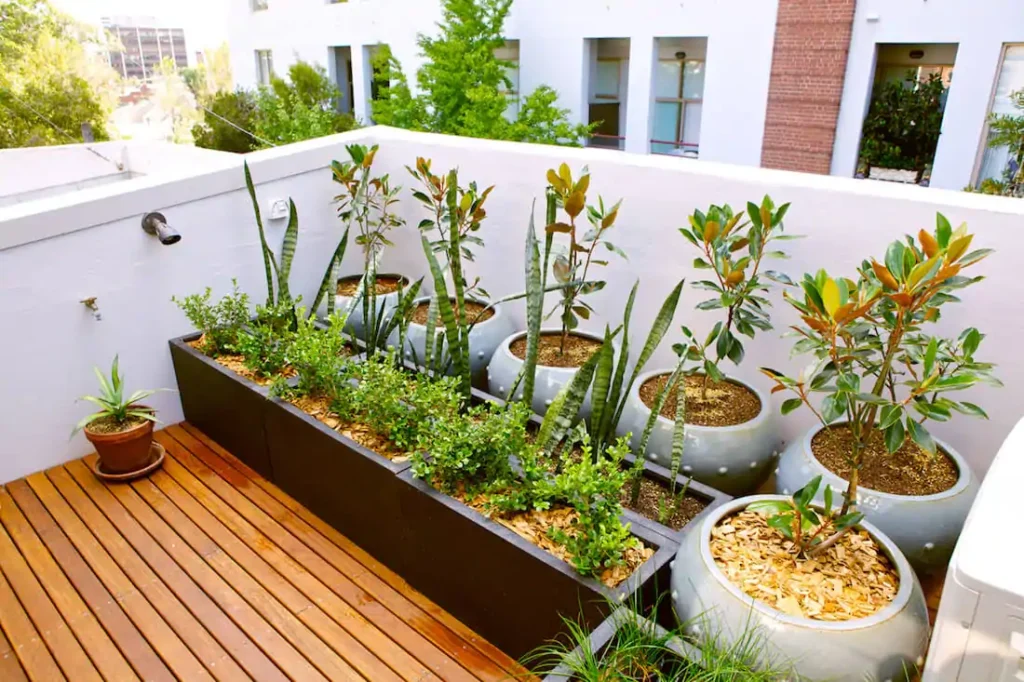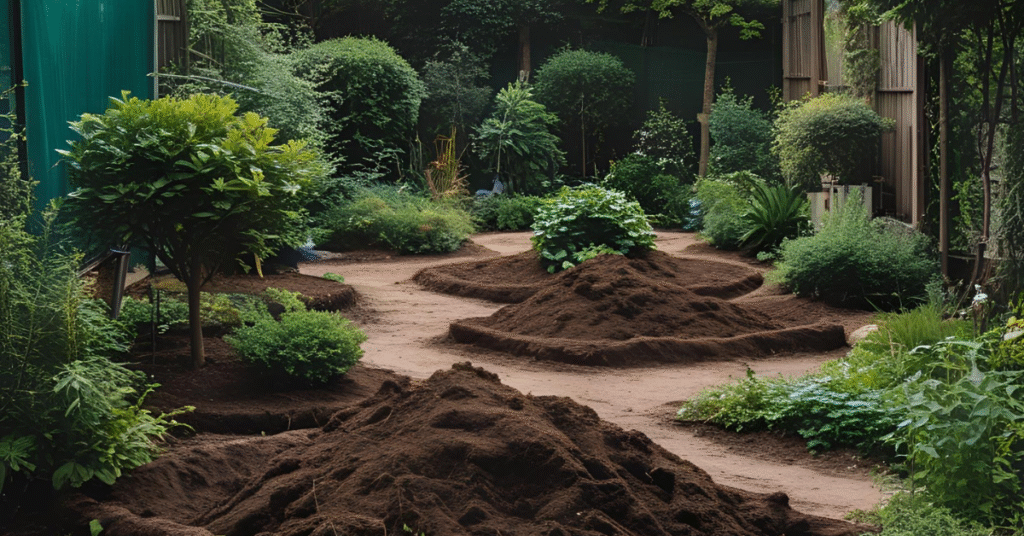Why Learn How to Grow Vegetables in Pots?
Learning how to grow vegetables in pots opens up endless possibilities for fresh, homegrown produce, regardless of your living situation. Whether you’re in an apartment, have limited yard space, or simply want more control over your growing environment, container gardening is the perfect solution.
Container vegetable gardening allows you to grow healthy, organic vegetables right outside your door. From the best vegetables to grow in pots to essential care techniques, this comprehensive guide will transform you from a beginner into a confident urban gardener.
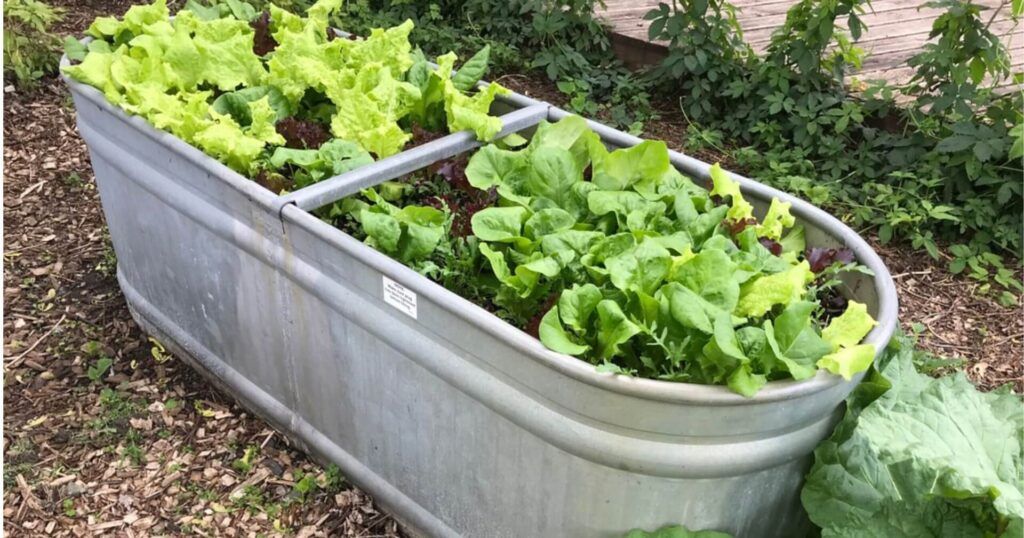
Higher Yields
Better control over growing conditions
Water Efficient
Less water waste than ground gardens
Visual Story Timeline: Container Garden Evolution

Day 1: Setup
Prepared containers with drainage, filled with quality potting mix, and planted seeds for our vegetable container garden.

Day 7: First Sprouts
Exciting first germination! Lettuce, radishes, and herbs showing their first true leaves in our container garden.
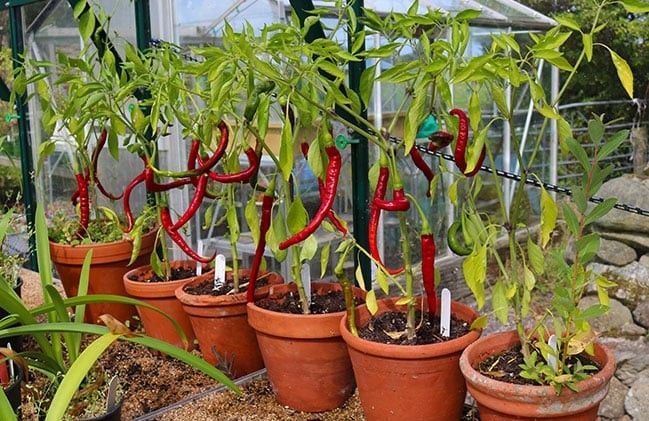
Day 21: Established Growth
Plants developing strong root systems. Peppers and herbs showing vigorous growth in their containers.
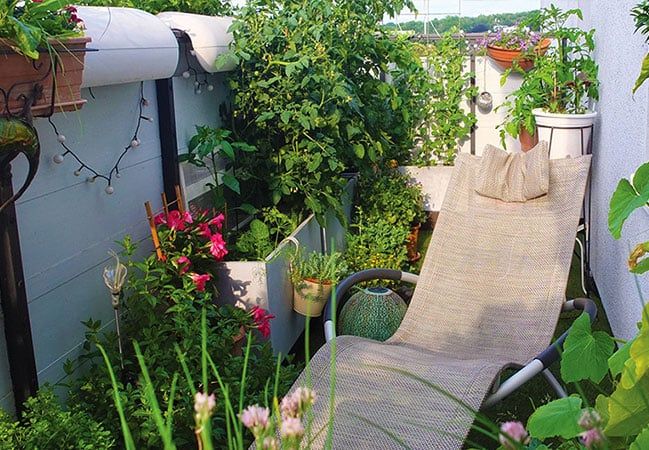
Day 45: Mature Plants
Full-sized plants ready for harvesting. This balcony garden demonstrates the success of growing vegetables in containers.
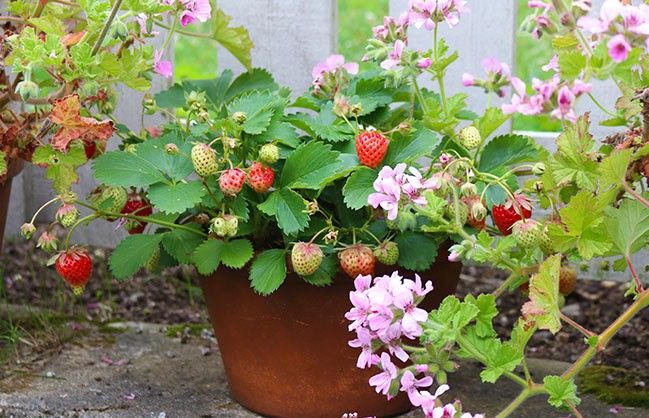
Day 60: First Harvest
Enjoying fresh strawberries and herbs from our pot garden. The reward for learning how to grow vegetables in containers!.
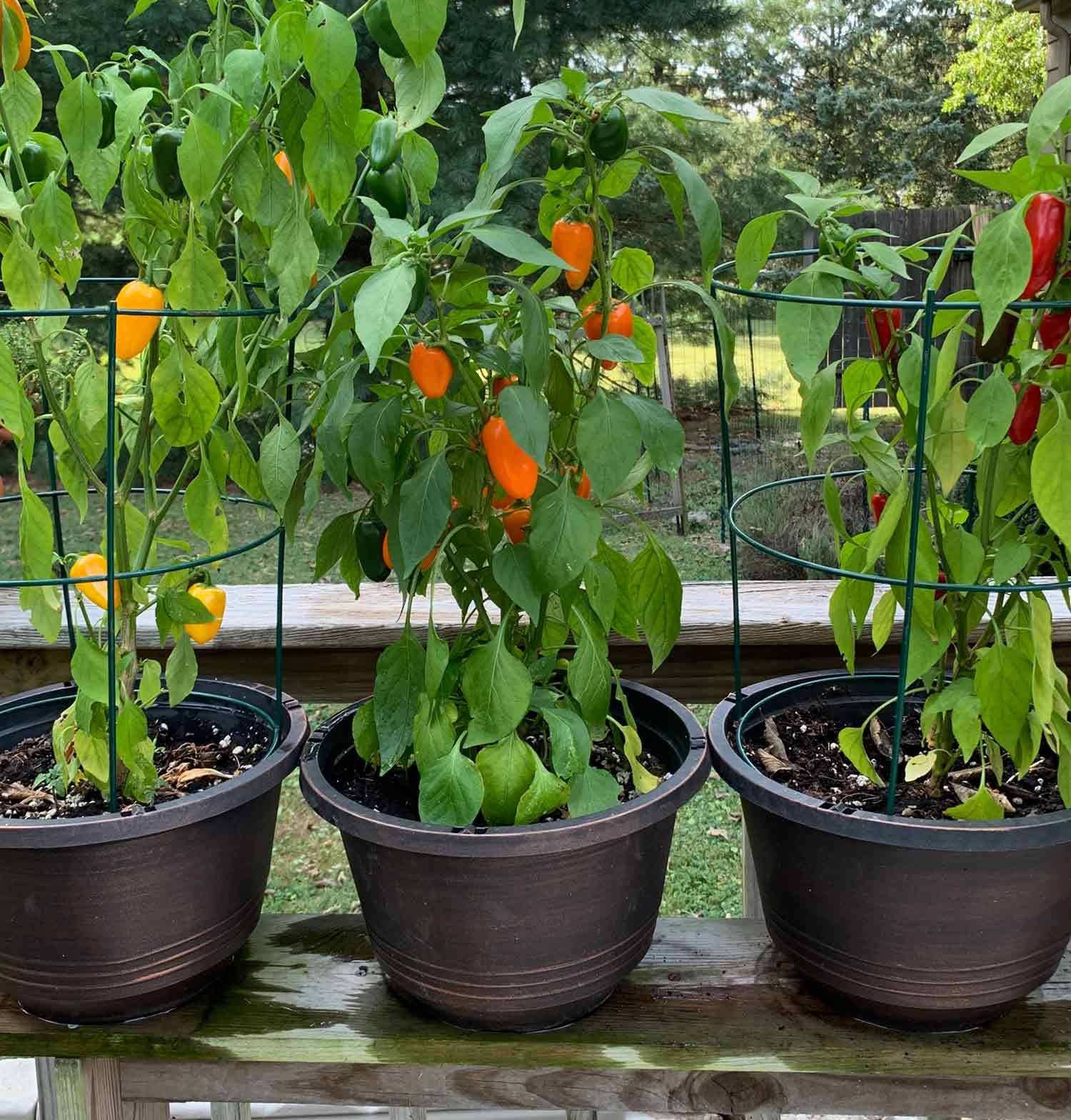
Day 90: Full Production
Peak harvest season! Mini bell peppers and other vegetables producing abundantly in their containers.
Step-by-Step Process: How to Grow Vegetables in Pots
1. Choose the Right Containers
The foundation of successful vegetable container gardening starts with selecting appropriate containers. Size matters when learning how to grow vegetable plants in pots – most vegetables need at least 5-gallon containers for optimal growth.
Container Size Guide:
- Lettuce, herbs: 1-2 gallon containers
- Peppers, eggplant: 5 gallon containers
- Tomatoes, squash: 5-10 gallon containers
- Root vegetables: Deep containers (12+ inches)
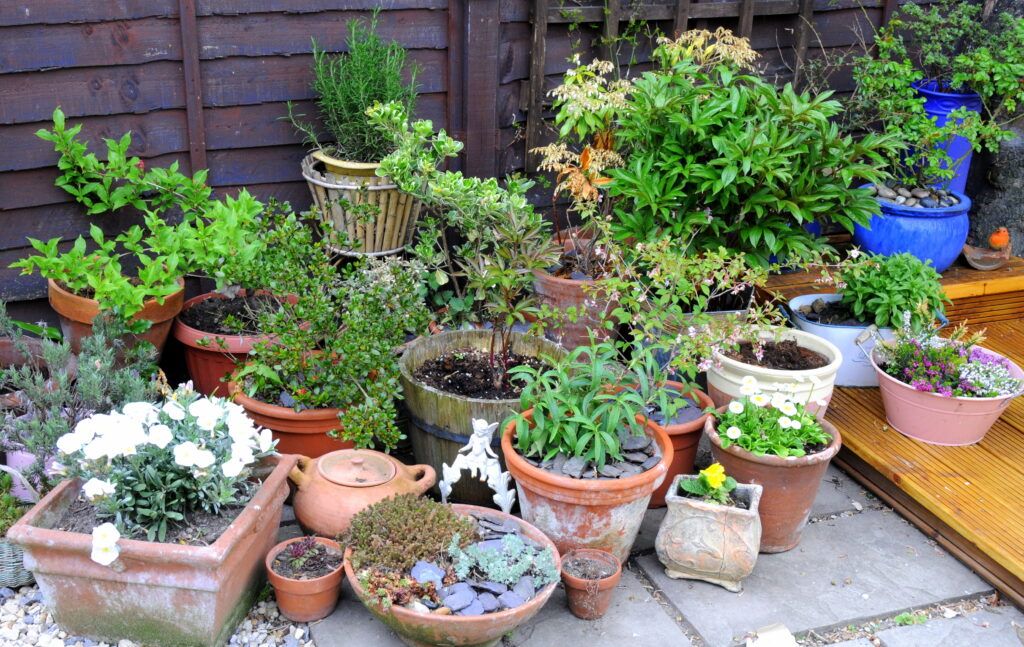
2. Prepare Quality Potting Mix
Never use garden soil when growing vegetables in a planter. Container plants need well-draining, nutrient-rich potting mix specifically designed for containers.
DIY Potting Mix Recipe:
- 50% quality compost
- 25% coconut coir or peat moss
- 25% perlite or vermiculite
- Slow-release organic fertilizer
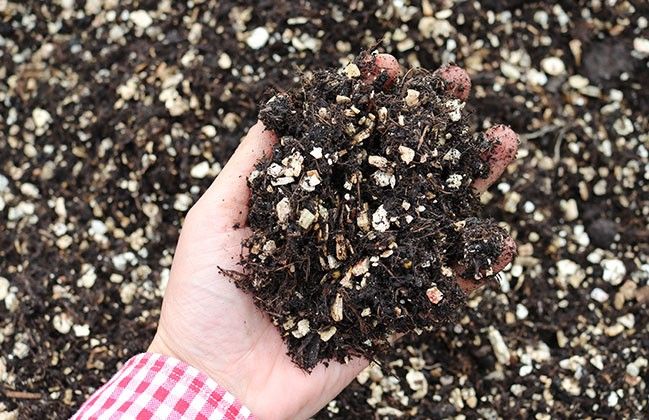
3. Ensure Proper Drainage
Drainage is critical when learning how to grow organic vegetables in pots. Poor drainage leads to root rot and plant death – the most common mistake in container gardening.
Drainage Checklist:
- Multiple drainage holes (1/2 inch diameter)
- Elevate containers on pot feet or bricks
- Use saucers to protect surfaces
- Never block drainage holes with rocks
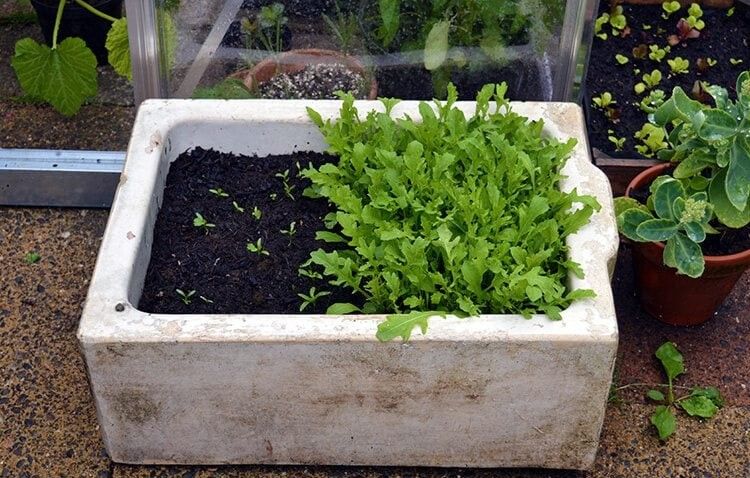
4. Plant Your Vegetables
Whether starting from seeds or transplants, proper planting technique ensures success when growing vegetables in containers. Follow spacing requirements and plant at appropriate depths.
Planting Tips:
- Plant seeds at depth 2x their width
- Space plants according to mature size
- Water gently after planting
- Label containers with plant names
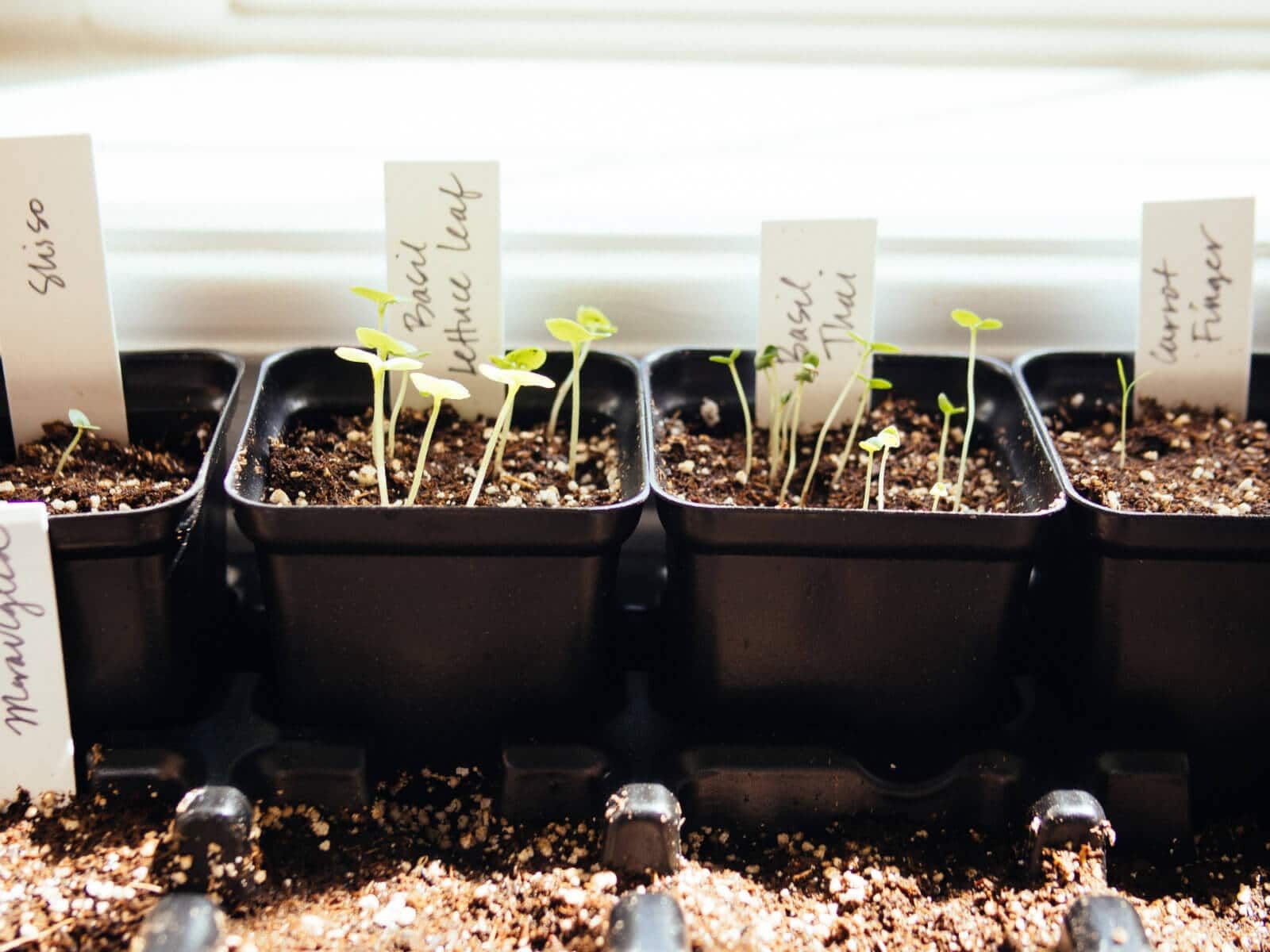
5. Establish Watering Schedule
Consistent watering is crucial for container gardening success. Container plants dry out faster than ground plants, requiring more frequent watering, especially during hot weather.
Watering Guidelines:
- Check soil moisture daily
- Water when top inch feels dry
- Water deeply until it drains out bottom
- Water early morning for best results
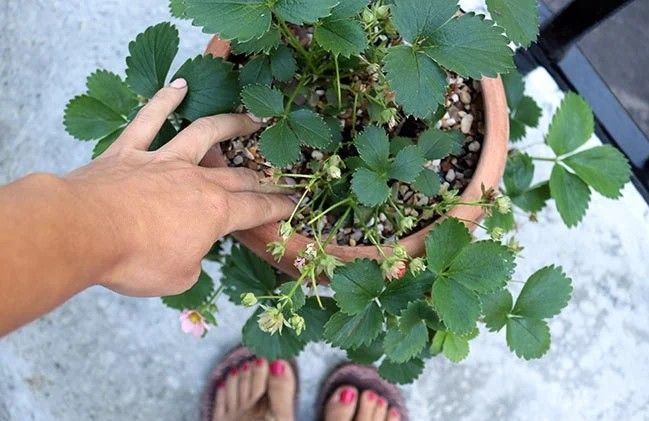
6. Provide Regular Fertilization
Container vegetables need regular feeding since nutrients wash out with frequent watering. Weekly liquid fertilization keeps plants healthy and productive.
Fertilization Schedule:
- Week 1-2: Light feeding for establishment
- Week 3+: Weekly liquid fertilizer
- Use balanced organic fertilizer (10-10-10)
- Reduce feeding in fall/winter
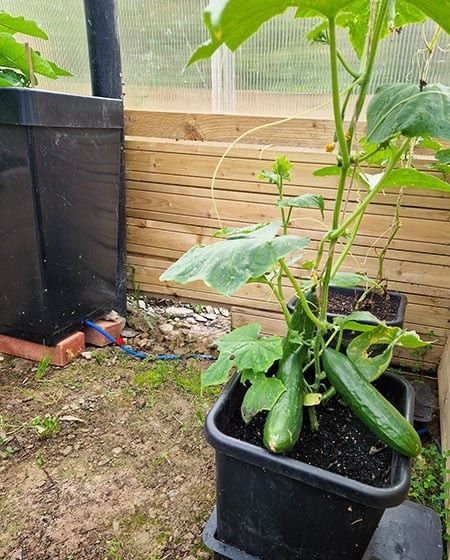
Best Vegetables to Grow in Pots
These best vegetables to plant in pots are perfect for beginners and experienced gardeners alike. Each has been selected for their adaptability to container growing.
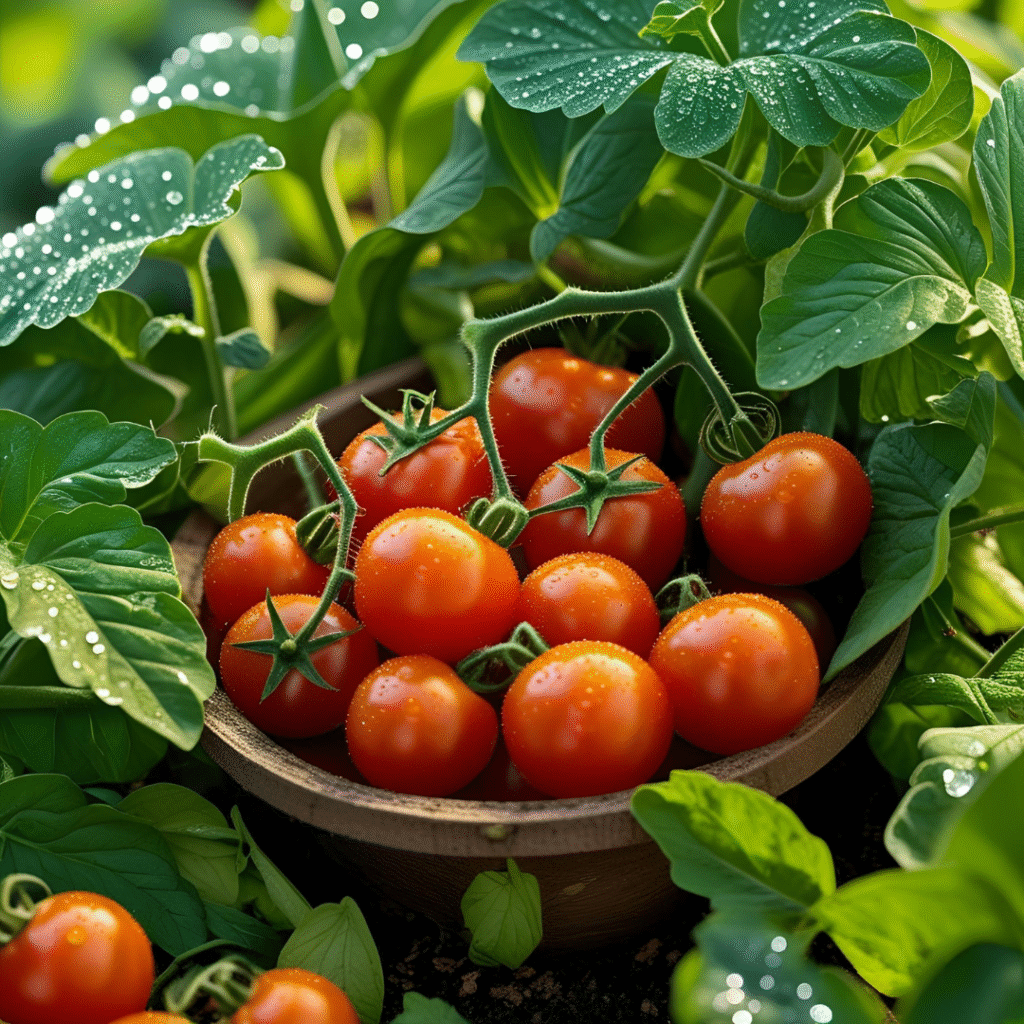
Cherry Tomatoes
Perfect for containers, producing abundant fruit in 5-gallon pots. Choose determinate varieties for best results.
5+ gallons
70-80 days
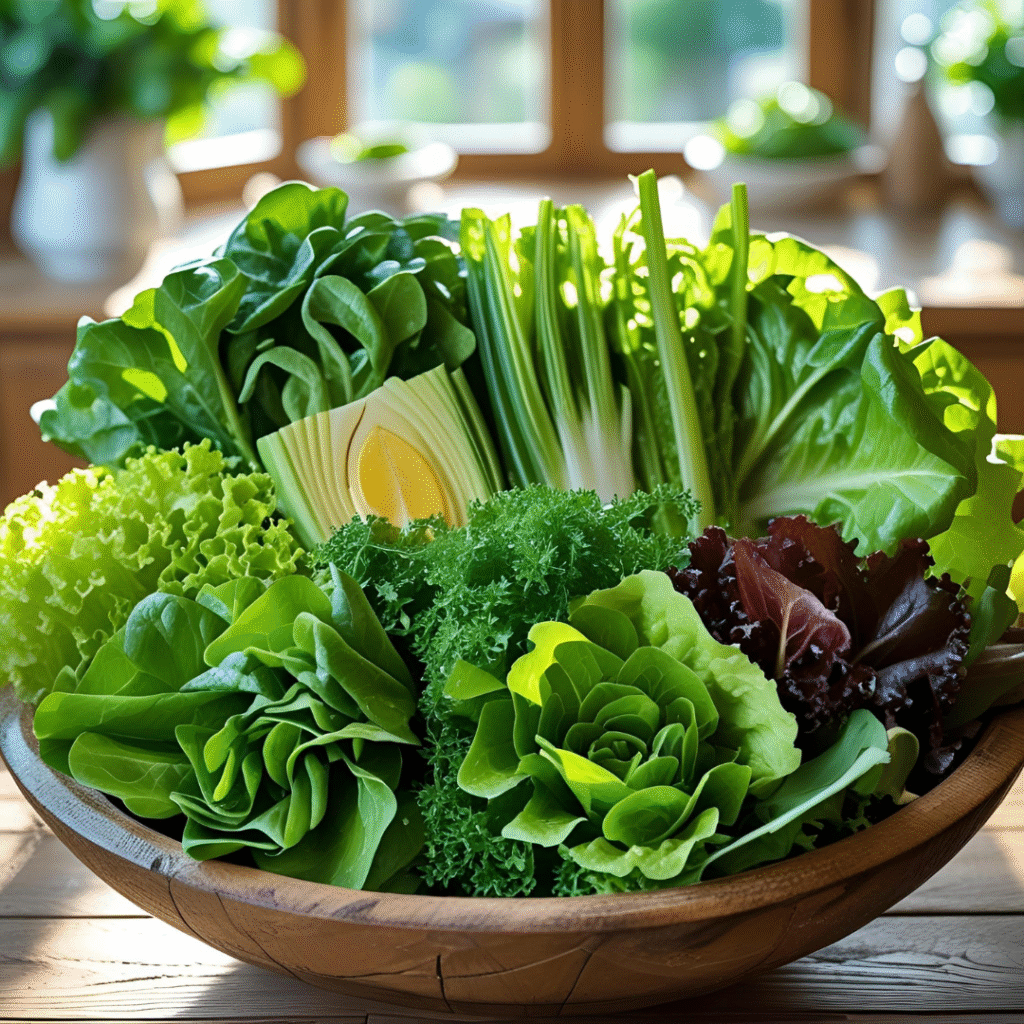
Lettuce & Salad Greens
Fast-growing and perfect for small containers. Provides continuous harvest with succession planting.
1-2 gallons
30-45 days
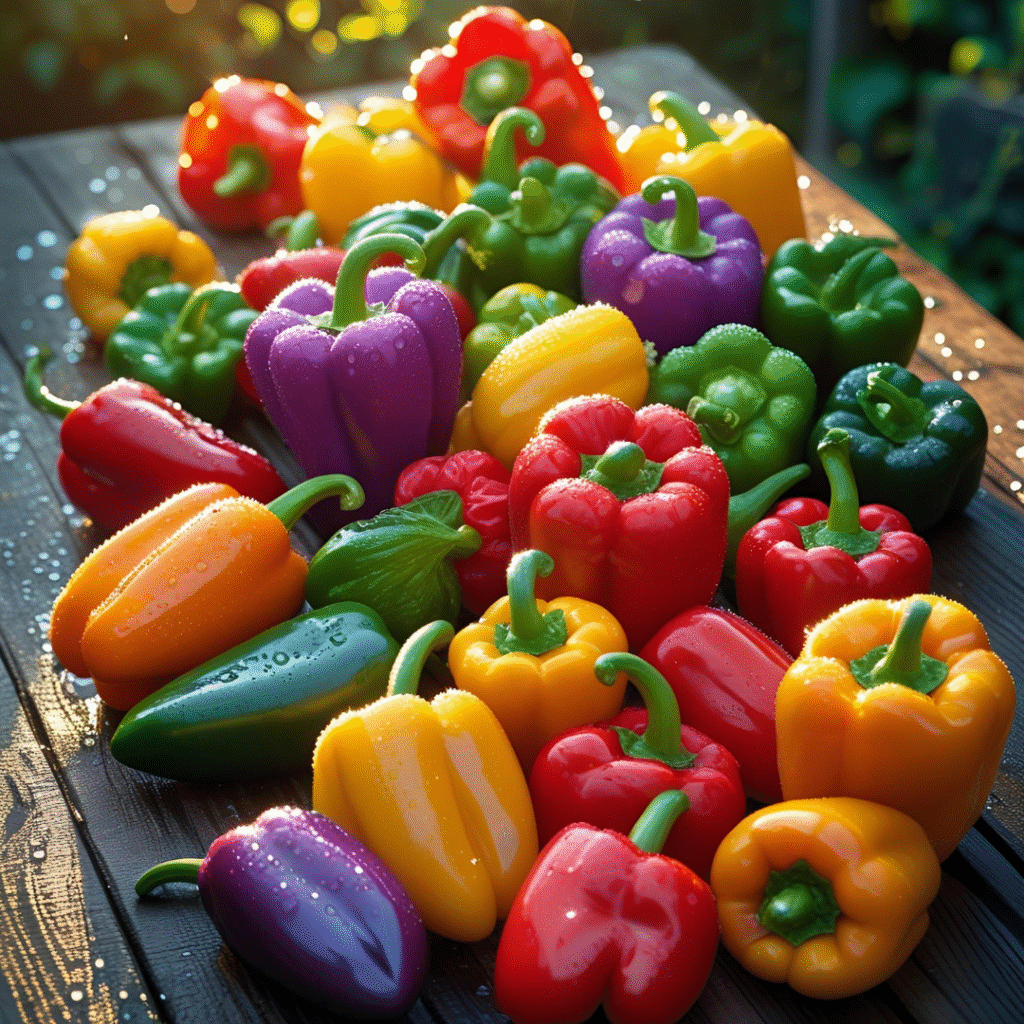
Peppers
Both sweet and hot peppers thrive in containers. Compact plants with high yields in proper conditions.
5 gallons
60-90 days
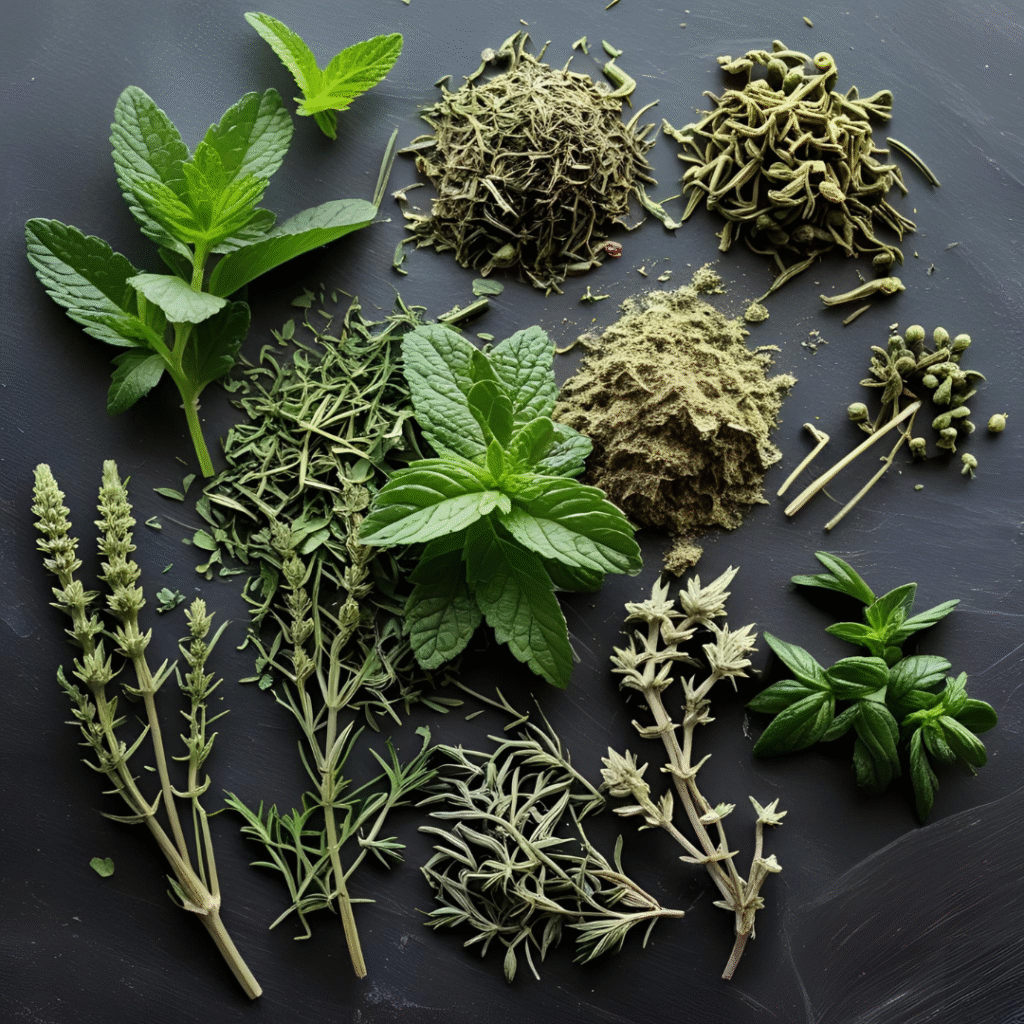
Herbs
Basil, parsley, cilantro, and other herbs grow excellently in containers and provide fresh flavors year-round.
1-3 gallons
20-60 days
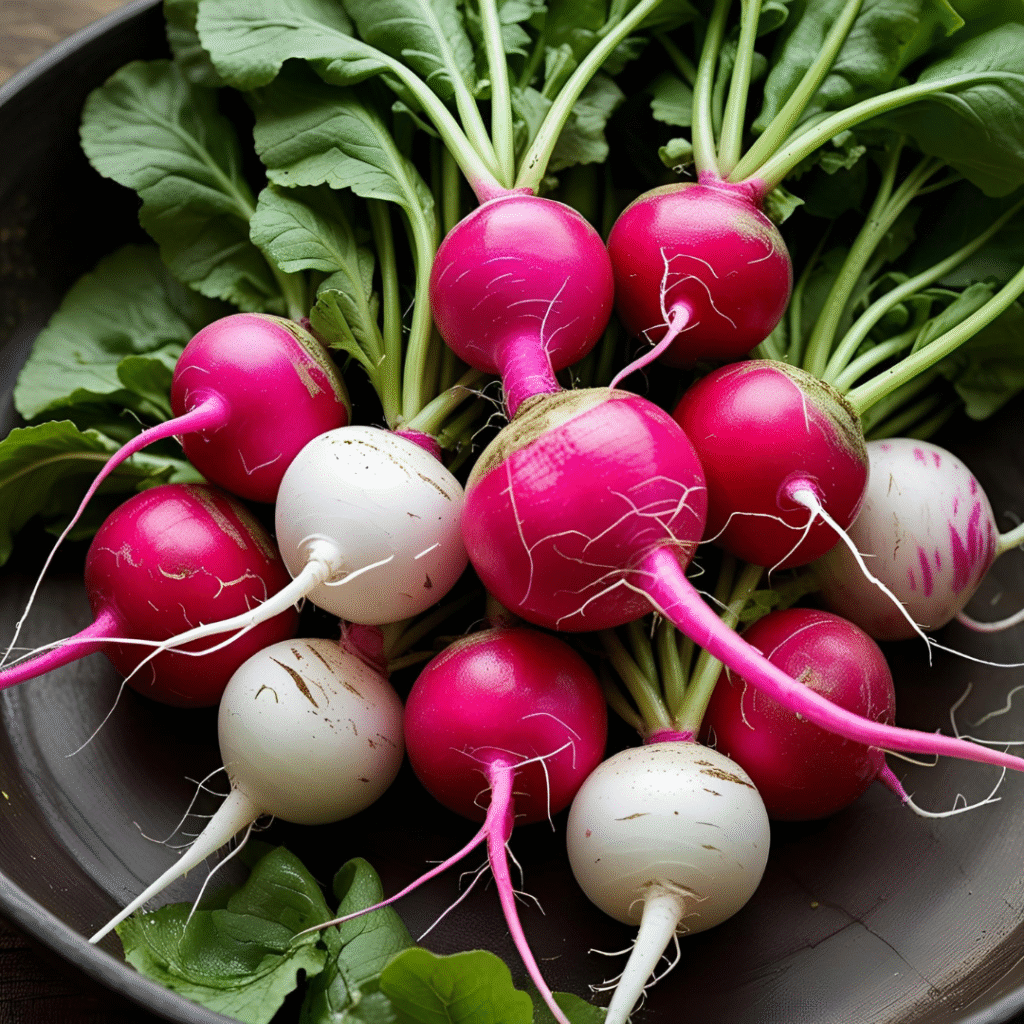
Radishes
Quick-growing root vegetables perfect for beginners. Ready to harvest in just 3-4 weeks from planting.
2 gallons
25-30 days
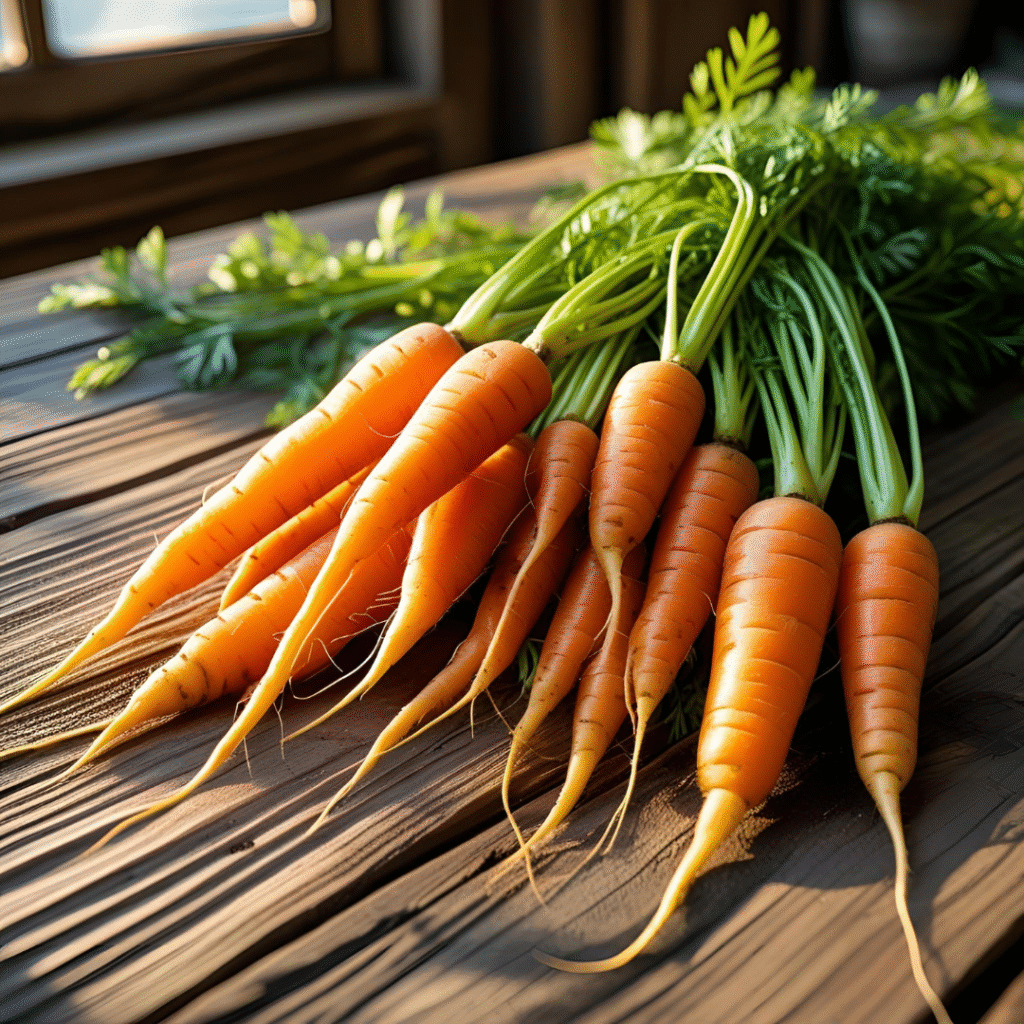
Baby Carrots
Short varieties like Paris Market grow well in deep containers. Sweet flavor and perfect size for container growing.
3+ gallons
60-75 days
Adapting to Your Climate
Hot Climate Challenges
Heat Stress Management
Container plants are more susceptible to heat stress as pots heat up quickly in direct sunlight.
- Use light-colored containers to reflect heat
- Provide afternoon shade with shade cloth
- Double-pot to insulate roots
- Mulch surface to retain moisture
Increased Watering Needs
Hot weather increases evaporation and plant water consumption significantly.
- Water early morning and evening
- Check soil moisture twice daily
- Consider self-watering containers
- Use drip irrigation systems
Cold Climate Solutions
Frost Protection
Container plants need extra protection from frost as roots are more exposed than ground plants.
- Move containers to protected areas
- Wrap pots with insulating materials
- Use frost cloth covers
- Group containers together for warmth
Season Extension
Containers offer mobility to extend growing seasons by moving plants to optimal locations.
- Use greenhouse or cold frame
- Bring tender plants indoors
- Choose cold-hardy varieties
- Start seeds earlier indoors
Universal Climate Tips
Monitor Temperature
Use soil thermometers to track root zone temperature
Wind Protection
Shield containers from strong winds that cause rapid moisture loss
Seasonal Planning
Adjust varieties and timing based on local growing seasons
Troubleshooting Common Problems
Plant Health Issues
Yellowing Leaves
Causes: Overwatering, underwatering, or nutrient deficiency
Solutions: Check soil moisture, improve drainage, fertilize regularly
Wilting Plants
Causes: Water stress, root rot, or extreme temperatures
Solutions: Adjust watering schedule, check drainage, provide shade
Poor Growth
Causes: Insufficient light, poor soil, or container too small
Solutions: Move to sunnier location, refresh potting mix, upsize container
No Fruit Production
Causes: Lack of pollination, too much nitrogen, or insufficient light
Solutions: Hand pollinate, reduce nitrogen, ensure 6+ hours sunlight
Pest Management
Aphids
Signs: Tiny green/black insects on stems and leaves
Treatment: Spray with soapy water, introduce ladybugs
Spider Mites
Signs: Fine webbing, stippled leaves, yellow speckling
Treatment: Increase humidity, spray with water, use predatory mites
Whiteflies
Signs: Small white flying insects, sticky honeydew
Treatment: Yellow sticky traps, neem oil spray
Fungal Diseases
Signs: Spots on leaves, powdery coating, stem rot
Prevention: Improve air circulation, avoid overhead watering
Prevention is Key
Most container gardening problems can be prevented with proper care: consistent watering, good drainage, adequate spacing, regular feeding, and monitoring for early signs of issues. When you learn how to grow vegetables in pots properly, problems become much less common.
Frequently Asked Questions
How often should I water vegetables in pots?
Container vegetables typically need daily watering during hot weather and every 2-3 days in cooler conditions. Check soil moisture by inserting your finger 1-2 inches deep – if dry, it’s time to water. Always water deeply until water runs out the drainage holes.
What size container do I need for different vegetables?
Container size depends on the vegetable’s root system. Small herbs and lettuce need 1-2 gallon containers, while peppers and eggplants require 5-gallon containers. Tomatoes and squash perform best in 5-10 gallon containers. Root vegetables need deep containers – at least 12 inches for carrots and radishes.
Can I use regular garden soil in containers?
Never use regular garden soil in containers. Garden soil becomes compacted in pots, preventing proper drainage and root development. Always use high-quality potting mix designed for containers, which provides proper drainage, aeration, and nutrition for growing vegetables in containers.
How much sunlight do container vegetables need?
Most vegetables need 6-8 hours of direct sunlight daily for optimal growth and fruit production. Leafy greens like lettuce and spinach can tolerate partial shade (4-6 hours), while fruiting plants like tomatoes and peppers require full sun. Monitor your space and choose vegetables accordingly.
Do container vegetables need different fertilizer than ground plants?
Container vegetables need more frequent fertilization because nutrients wash out with regular watering. Feed weekly with liquid fertilizer or use slow-release granules monthly. Organic options like fish emulsion or compost tea work excellently for container vegetable gardening.
What are the easiest vegetables for beginners to grow in pots?
Start with fast-growing, forgiving vegetables like lettuce, radishes, herbs, and cherry tomatoes. These best vegetables to grow in pots are resilient, have shorter growing seasons, and provide quick rewards. Avoid challenging crops like cauliflower or artichokes until you gain experience.
Can I grow vegetables in pots year-round?
Yes, with proper planning! In cold climates, move containers indoors or to protected areas during winter. Choose cold-hardy varieties for fall/winter growing, or focus on warm-season crops during summer. Container gardening ideas include using grow lights indoors and succession planting for continuous harvests.
Start Your Container Vegetable Garden Today!
You now have all the knowledge needed to successfully grow vegetables in pots. From understanding how to grow vegetable plants in pots to troubleshooting common problems, you’re ready to create your own thriving container garden.
Start Small
Begin with 2-3 containers and easy vegetables like lettuce or herbs
Scale Up
Add more containers and try different vegetables as you gain confidence
Enjoy Fresh Food
Harvest your own organic vegetables throughout the growing season
Remember: Success in container gardening comes from-
- Choosing appropriate container sizes
- Using quality potting mix
- Ensuring proper drainage
- Consistent watering and feeding
- Providing adequate sunlight
- Monitoring for problems early
Whether you’re growing on a balcony, patio, or small yard, container vegetable gardening offers endless possibilities for fresh, homegrown food. Start your journey today and discover the joy of growing vegetables in containers!
